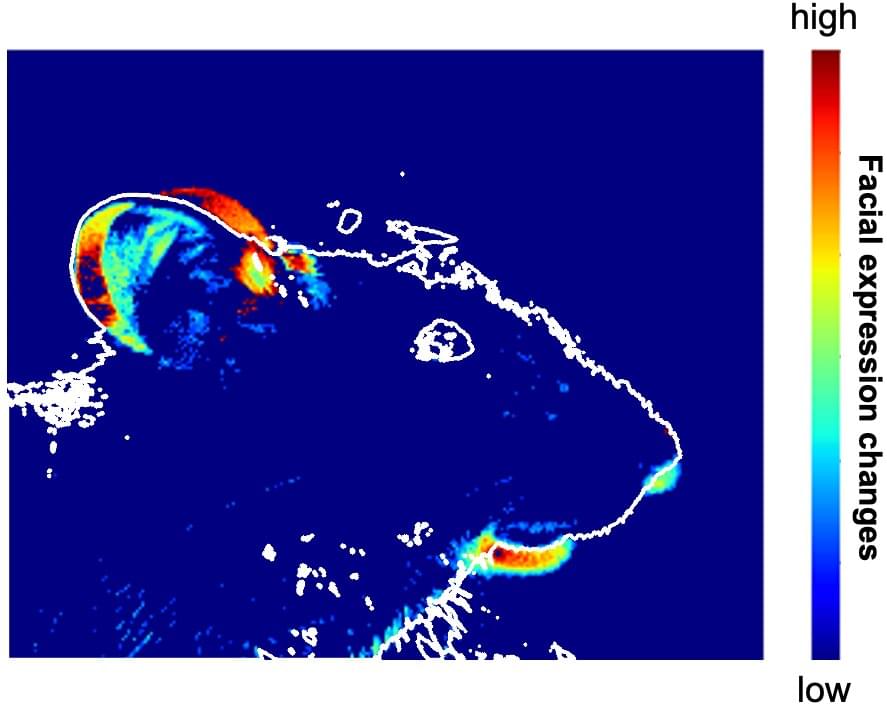New insights into the opposing actions of serotonin-producing nerve fibers in mice could lead to drugs for treating addiction and major depression.
Scientists in Japan have identified a nerve pathway involved in the processing of rewarding and distressing stimuli and situations in mice.
The new pathway, originating in a bundle of brain stem nerve fibers called the median raphe nucleus, acts in opposition to a previously identified reward/aversion pathway that originates in the nearby dorsal raphe nucleus. The findings, published by scientists at Hokkaido University and Kyoto University with their colleagues in the journal Nature Communications, could have implications for developing drug treatments for various mental disorders, including addiction and major depression.










Comments are closed.